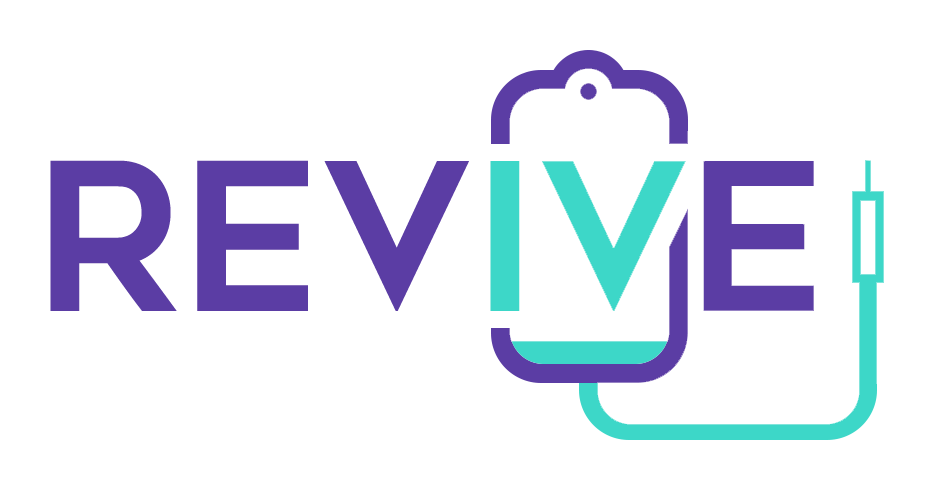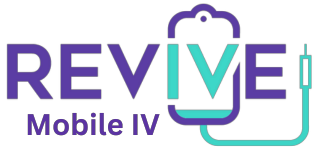Questions? click here to call
What Is IV Therapy and How It Works: A Comprehensive Guide
What Is IV Therapy and How It Works: A Comprehensive Guide

Intravenous (IV) therapy has gained significant attention in recent years for its ability to deliver essential fluids, nutrients, and medications directly into the bloodstream. This method is especially useful when patients are unable to take substances orally or require rapid hydration and nutrient delivery. In this comprehensive guide, we will explore the ins and outs of IV therapy, its various types, processes, benefits, and important considerations.
Understanding IV Therapy
The Basics of IV Therapy
IV therapy involves the administration of fluids and medications directly into the vein through a sterile catheter and an intravenous line. This method allows for quick absorption into the bloodstream, making it highly efficient for hydration and nutrient delivery. It is primarily used in hospitals, clinics, and wellness centers, but its growing popularity has also led to at-home options for certain treatments.
Essentially, IV therapy starts with a healthcare provider inserting a thin needle into a vein, typically in the arm. The needle is connected to an IV bag that contains the prescribed solution. This method bypasses the digestive system, ensuring that 100% of the nutrients enter the bloodstream, which is particularly beneficial for individuals with absorption issues or those who require higher doses than can be achieved through oral consumption.
The Science Behind IV Therapy
The underlying science of IV therapy revolves around fluid balance and nutrient absorption. By delivering fluids directly into the bloodstream, IV therapy helps maintain hydration levels, replenish lost electrolytes, and support overall bodily functions. The rapid absorption ensures that patients receive immediate relief from ailments like dehydration, fatigue, and nutrient deficiencies.
This method capitalizes on the body's circulatory system, facilitating swift transport of essential vitamins, minerals, and medications to the cells that need them most. This efficiency can enhance recovery times, especially in clinical settings where patients may be recovering from surgery, illness, or other medical interventions.
Different Types of IV Therapy
Hydration IV Therapy
Hydration IV therapy is designed to replenish fluids and electrolytes rapidly. This type of therapy is often employed for individuals suffering from dehydration due to illness, excessive exercise, or travel-related issues. Commonly used solutions include normal saline and lactated Ringer's solution, which help restore electrolyte balance.
The hydration process can effectively prevent complications like kidney damage or electrolyte imbalances. Patients typically feel an immediate improvement in their hydration status as the fluids circulate through their bloodstream.
Vitamin Infusion IV Therapy
Vitamin infusion therapy offers a potent way to deliver crucial vitamins and minerals directly into the bloodstream. Solutions can be tailored to address specific deficiencies, boost energy levels, or support immune function. Commonly administered vitamins include Vitamin C, B Vitamins, and magnesium.
This type of therapy has garnered attention for its potential benefits, such as enhanced energy, improved mood, and increased immunity. Many individuals opt for vitamin infusions as a proactive measure to support their overall health and wellness.
Chelation IV Therapy
Chelation IV therapy is primarily used to detoxify the body by removing heavy metals or other toxic substances. A chelating agent is administered via IV, which binds to the harmful substances in the bloodstream, making them easier for the body to excrete. Commonly used agents include EDTA (ethylenediaminetetraacetic acid).
This therapy is typically considered for individuals with heavy metal poisoning or those pursuing alternative treatments for various conditions. As with any therapy, it should be approached with caution and under the guidance of a qualified healthcare professional.
The Process of IV Therapy
Preparing for IV Therapy
Preparation for IV therapy begins with a thorough consultation with a healthcare provider. This assessment often includes a review of the patient's medical history, current medications, and desired outcomes from the therapy. The provider may also perform lab tests to determine specific nutrient deficiencies or hydration levels.
During this stage, patients are advised on what to expect, and any concerns or questions can be addressed. Understanding the purpose and procedure can help alleviate anxiety and prepare the patient for a positive experience.
What to Expect During the Procedure
On the day of the IV therapy appointment, patients typically arrive at the clinic, where they will be greeted by medical staff. After checking in, they will be led to a designated area where the IV therapy will occur. The staff will clean the insertion site and insert the catheter into a vein.
Once the IV is in place, the fluid or nutrient solution begins to flow. Depending on the type of therapy and individual factors, this procedure may take anywhere from 30 minutes to several hours. Throughout the process, healthcare providers will monitor the patient’s vital signs and overall comfort.
Post-Therapy Care and Considerations
After the IV therapy is complete, patients may rest for a short period before leaving. It's recommended to drink plenty of water afterward to help flush the system. Mild side effects may occur, such as a bruise or tenderness at the insertion site, but these generally resolve quickly.
Patients are advised to follow any specific care instructions provided by their healthcare provider, particularly regarding hydration and activity levels. Staying in tune with one’s body can help enhance the benefits of the therapy.
Benefits of IV Therapy
Immediate Hydration Benefits
One of the most significant advantages of IV therapy is its ability to deliver immediate hydration. This is particularly beneficial for individuals who are dehydrated or at risk of dehydration, as IV therapy ensures that the fluids are absorbed quickly and efficiently. Many report experiencing an instant boost in energy and overall wellness after treatment.
Nutrient Absorption and Health
IV therapy provides a unique method for optimizing nutrient absorption. Whereas oral supplements can sometimes lead to limited absorption due to digestive barriers, IV therapy allows for direct delivery of vitamins and minerals into the bloodstream. This can enhance overall health, support immune function, and improve energy levels.
Detoxification and Wellness
Finally, IV therapy can play a vital role in detoxification, aiding the body in removing harmful substances and promoting wellness. Whether through nutrient infusions or chelation therapy, individuals have the opportunity to support their health proactively. Many clinics offer customized treatments tailored to individual health goals, making IV therapy a versatile option in wellness regimens.
In conclusion, IV therapy presents a powerful approach to hydration, nutrient delivery, and detoxification. As with any medical treatment, it is essential to consult with a qualified healthcare provider to determine the most appropriate options for individual needs.











